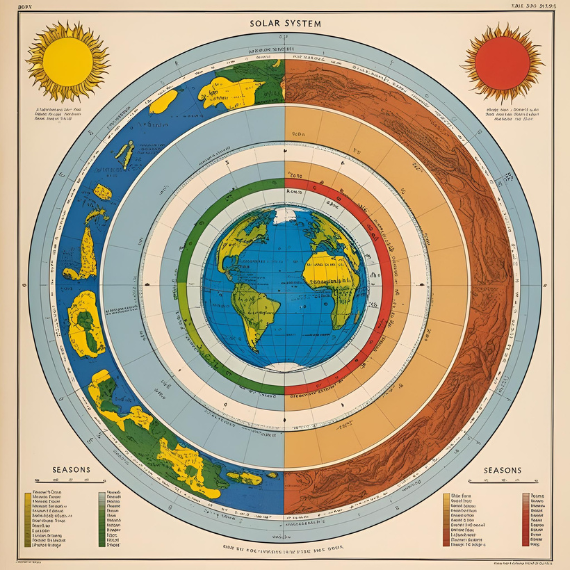Holiday history: the truth about Valentine’s Day
THE UNITED STATES- On February 14, people all across the nation will celebrate Valentine’s Day, a holiday that calls for couples to exchange gifts and voice their love for each other. This annual day of romance and affection has been around for quite some time; however, many people are unaware of the origins of this widely celebrated holiday. A total of 16 countries engage in all of the frivolous traditions that Valentine’s Day encompasses, but how did they come about? How was Valentine’s Day celebrated before it was transformed into the well-known and loved day it is today?
Though it is difficult to pinpoint the exact origin of Valentine’s Day, it is believed to have started with the ancient Romans. On February 15, at the start of spring, the Romans held a festival called Lupercalia in which boys drew the names of girls from a box. They’d then be partners during the festival and occasionally unite in holy matrimony. They did so because it was believed that by engaging in these activities and offering sacrifices, the city would be purified and health and fertility would be granted to the people.
After some time, though, Christianity was introduced and it was decided that this day of pagan worship had to be replaced with a Christian holiday. In the 5th century, Pope Gelasius declared February 14th Saint Valentine’s Day, a day that would commemorate the martyred Saint Valentine. Despite there being multiple St. Valentines that the Catholic Church recognizes, it is said that Valentine’s Day is meant to honor one of the two Valentines who was beheaded by Emperor Gothicus in the 3rd century for praising and worshipping God and Jesus Christ.
The first Valentinus was a Roman priest who was arrested during the reign of Emperor Gothicus and put into the custody of an aristocrat named Asterius who made the mistake of allowing the preacher to speak. Father Valentinus spoke of Christ leading pagans out of the shadow of darkness and into the light of truth and salvation, and Asterius told Valentinus that if he could cure Asterius’s foster-daughter of blindness, he would convert to Christianity. Valentinus then put his hands over the girl’s eyes and said, “Lord Jesus Christ, enlighten your handmaid because you are God, the True Light.” The child was blessed with eyesight, and Asterius and his whole family were baptized. When Emperor Gothicus heard the news, he ordered them all to be executed, but Valentinus was the only one to be beheaded. He did, however, leave a note to the young girl that was signed, “From your Valentine”. The second Valentinus has a similar story, but he was a bishop in Italy who debated with a potential convert and healed his son afterward, only to be sentenced to death by Emperor Gothicus for secretly marrying couples in order to spare the husbands from war.
After some time, St. Valentine’s Day became a holiday in which people expressed their feelings for the ones they loved. This all started in the Middle Ages, for February 14 was the beginning of the birds’ mating season, thus contributing to the association of Valentine’s Day with love. The holiday only evolved from there, with Valentine’s Day cards emerging in the 1400s and flowers (especially roses) rising in popularity in the 1600s. Chocolate boxes and candies also began to be purchased in 1891, and more people buy these assortments of sweets in America today than any other gift on Valentine’s Day.
Whatever the case, Valentine’s Day is recognized as one of the most widely celebrated holidays in America, so it is important that the origins of this day be pulled out of the shadows and be made known to all.
For more information on the featured image, click here.

My name is Kayla Eckrote, and I am a junior here at GNA. I’ve always been a student here, for I have lived in Mocanaqua and Nanticoke my whole life....







